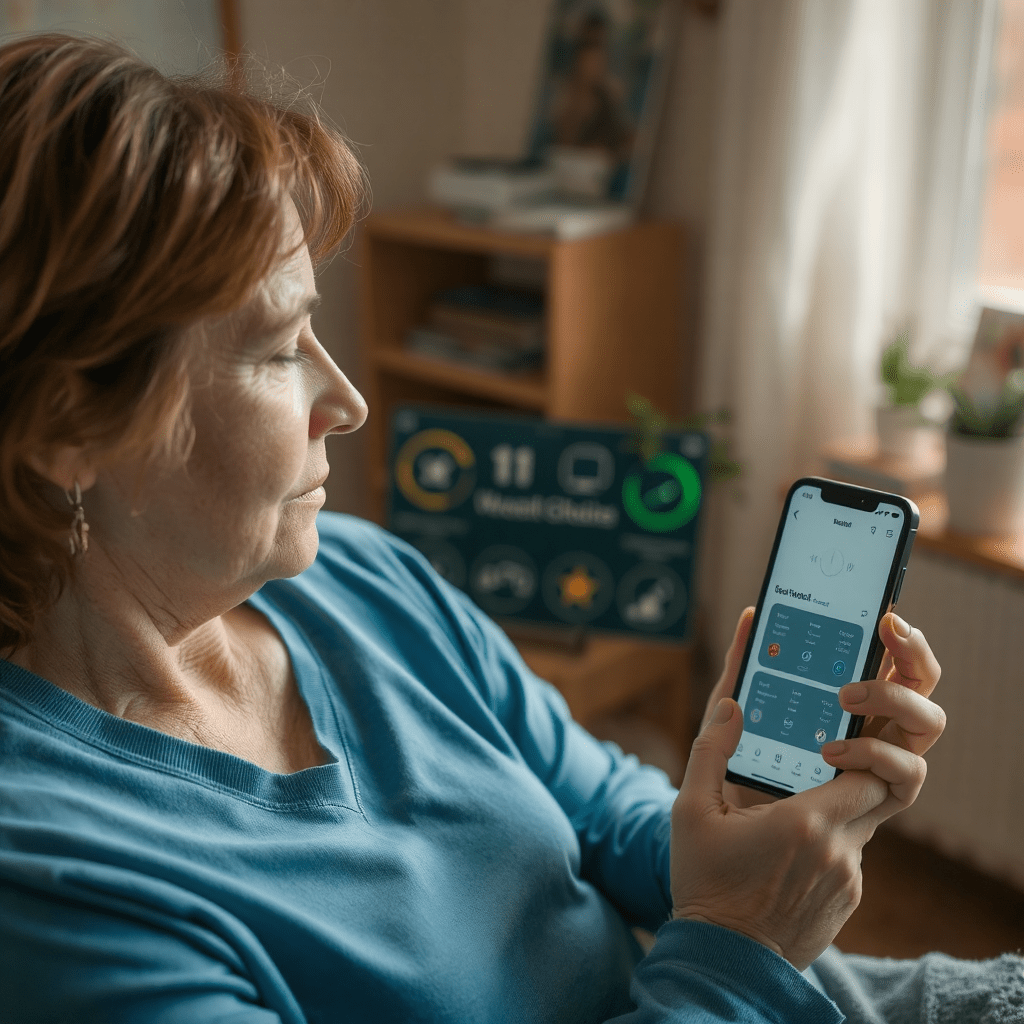In my experience working on projects involving the Internet of Things (IoT) and wearable technologies, I have observed significant advances in the field. These developments are not merely incremental; they represent a rapid evolution in response to an increasing demand driven by a growing and ageing population.
As people live longer, often with chronic conditions, and as modern lifestyles contribute to rising obesity rates and decreased physical activity, the pressure on healthcare services intensifies. This has led to a greater demand for healthcare services amid a shrinking ratio of healthcare professionals per capita.
Historical data on hospital bed availability in England underscores this challenge:
From 2010/11 to 2019/20, total NHS hospital bed stock in England decreased by 8.3%, with the average daily total of available beds falling from 153,725 to 140,978.
The distribution of beds also changed, with overnight bed stock shrinking by 10% while the number of day-only beds increased by 13.4%.
Comparative data reveals that the UK has fewer hospital beds per 1,000 inhabitants than countries like Hungary, the Czech Republic, and the Slovak Republic.
These statistics are telling (NHS England, BMA). They highlight the reality that there simply isn’t enough hospital capacity to provide a bed for everyone in need of continuous clinical oversight.
A practical response to this capacity crisis has been the development of virtual wards, an idea that began to materialise in the early 2000s. The first implementation of a virtual ward occurred in Croydon in 2004, devised by Dr. Geraint Lewis and his colleagues. This model was further refined with the integration of technology to monitor patient data remotely, highlight concerning trends, and effectively triage caseloads for community care.
With the aid of both Bluetooth and hardwired devices, it’s possible to monitor a patient’s vital signs, weight, exercise levels, rehabilitation progress, and mental wellbeing from the community. This approach not only expands capacity for clinical support and intervention but is also generally preferred by patients. They often feel more at ease knowing they are monitored and that help is available if necessary. Moreover, receiving care at home can help patients maintain their resilience and self-confidence, encourages personal responsibility for health, and provides a more conducive environment for recovery.
As the gap between healthcare demand and capacity widens, the opportunity for innovation in virtual wards and IoT grows. Innovators have the potential to enhance patient safety with more intuitive technology, incorporate gamification to boost engagement, and continue to develop technologies that support patient care outside traditional hospital settings.



